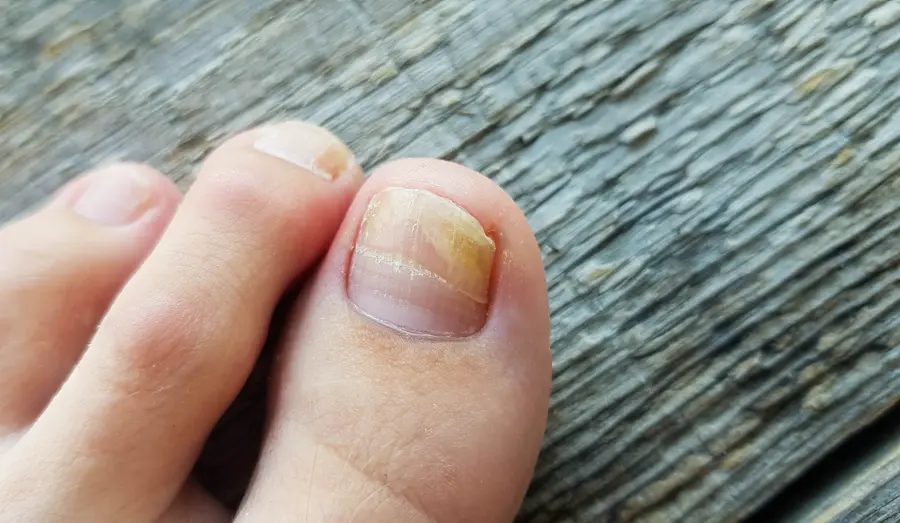Fungal Toenails
Learn More
What Are Fungal Toenails?
Fungal toenails, or onychomycosis, occur when a fungal infection affects the toenails or fingernails. This condition often causes nails to become thick, brittle, discolored, or distorted. Fungal toenails can develop from exposure to moist environments, minor injuries, or conditions like athlete’s foot. Treatment options include antifungal medications, laser therapy, and proper nail care.
Symptoms
What Are the Symptoms of Fungal Toenails?
Discoloration
Brittleness
Odor
Thickening
Distortion
Pain or Discomfort
Fungal Toenail FAQ
Fungal nails often result from exposure to fungi in warm, damp environments, such as locker rooms or public showers.
A doctor may examine the nail and take a small sample for lab testing to confirm the diagnosis.
Treatments include topical or oral antifungal medications, laser therapy, and, in some cases, surgical removal of the nail.
Yes, by keeping feet dry, wearing breathable shoes, and avoiding walking barefoot in communal areas.
Yes, fungal infections can spread through direct contact or sharing personal items like nail clippers.
Treatment can take several weeks to months, depending on the severity and type of infection.






















